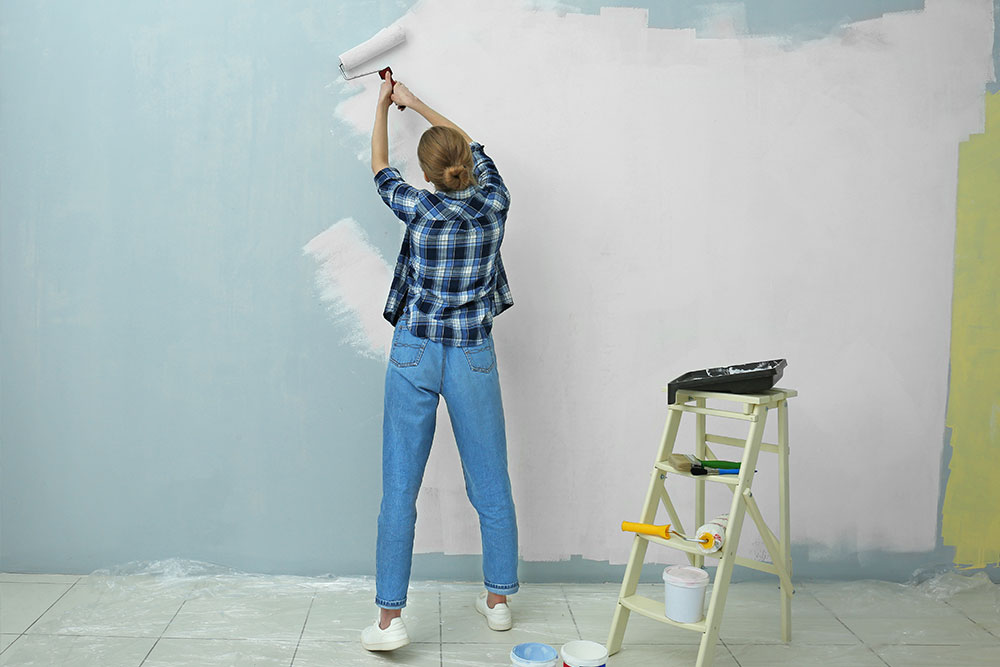Painting Plaster
Plasters commonly used today are based on gypsum and the main type is retarded hemihydrates, e.g. Thistle or Carlite (lightweight). It is important to allow new plaster to dry out sufficiently before painting and to remove plaster fines (scum) which may have been produced by over-trowelling.Also, any efflorescent salt action, which could originate form cement based backing material, must have ceased and all salt deposits removed prior to painting.Generally, a permeable coating (e.g. Albany Contract Emulsion) is advised for new plaster in order to allow the plaster to continue drying out after initial decoration.A general specification guide for painting interior plaster is given underneath.
01 – New plaster
Remove any loose material or efflorescence by scraping and brushing with a dry bristle brush. Fill any surface defects with a good quality filler.Allow to dry; rub down with fine abrasive paper and dust off.
02 – Previously painted plaster
Remove all loose or flaking material back to a sound surface. Treat any mould or algae with fungicidal wash as per manufacturer’s instructions. Wash down sound paint with mild detergent solution to remove all contaminants. Glossy surfaces should be lightly wet abraded to provide a key. Rinse thoroughly with clean water to remove all residues and allow to dry. Repair cracks, etc., with good quality filler; allow to cure; rub down; dust off.
03 – Good painting practice
Ensure adequate ventilation to assist the drying of new plaster. Remove any plaster fines from the surface before painting. Ensure efflorescence has ceased before painting. When solvent borne systems have to be applied to new plaster, allow sufficient time for drying out in depth and then prime with an alkali resisting primer, e.g. Albany Primer Sealer. Thin Emulsion paints to suit method of application and porosity of plaster.



